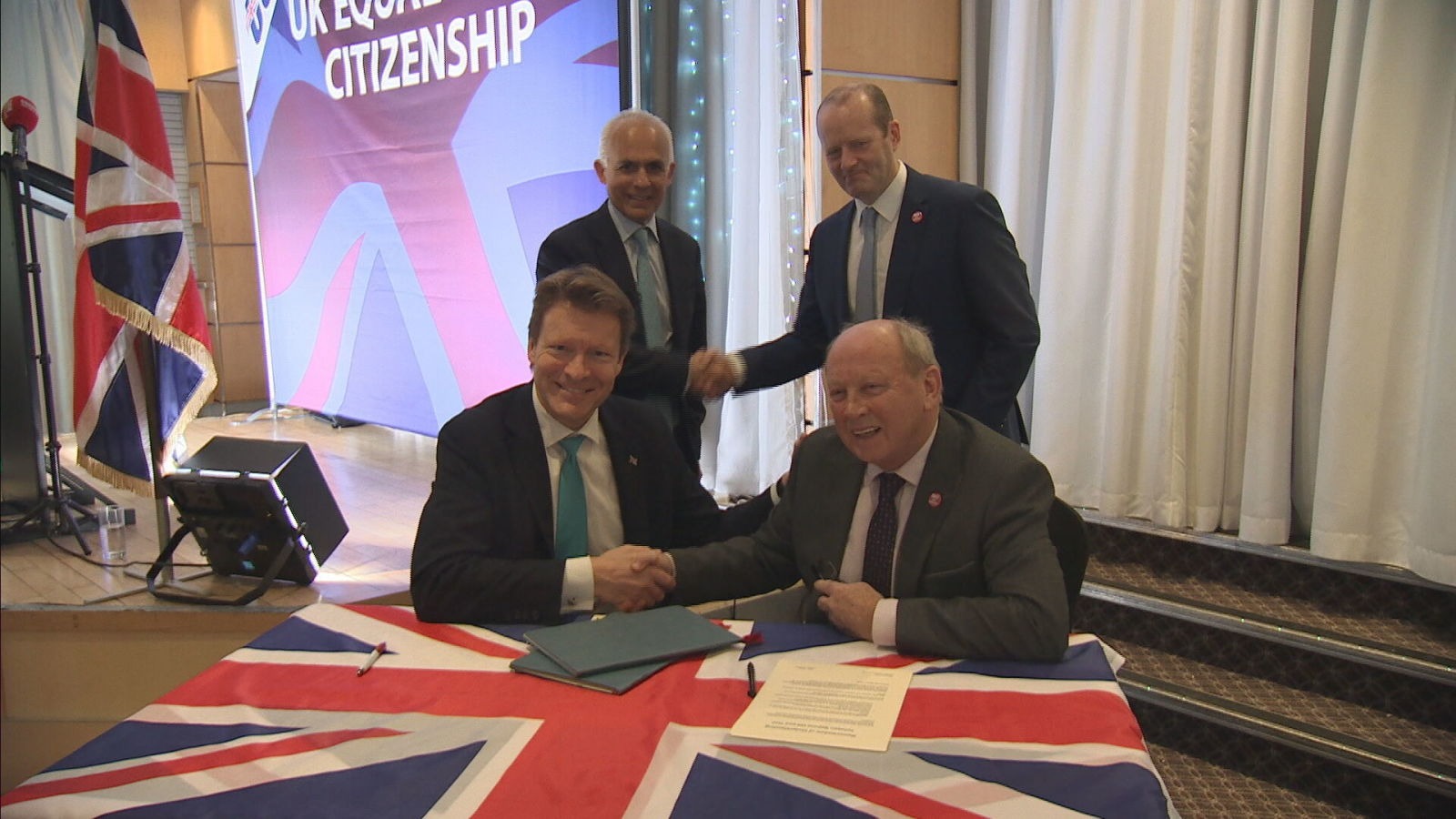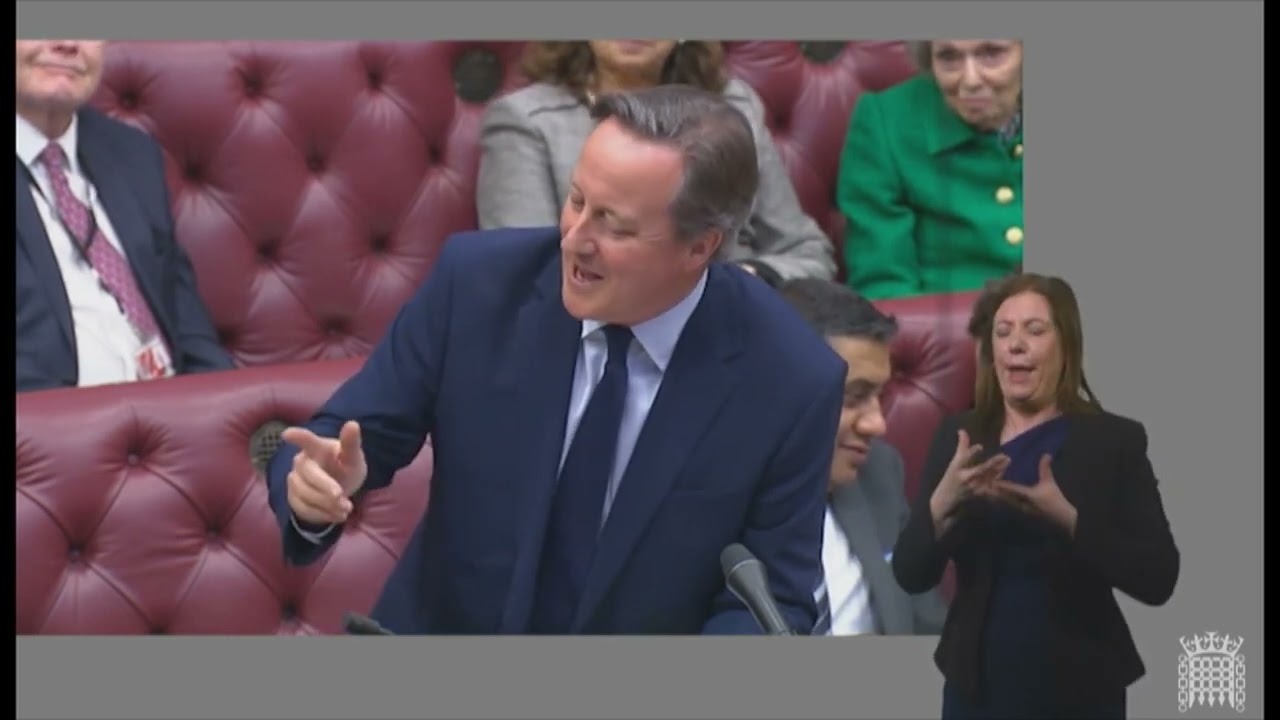The long-awaited report on low traffic neighbourhoods (LTNs) has finally been made public, revealing that these measures are popular and effective in reducing motor traffic volume and bringing about behavior change.
Despite the findings, the government’s rhetoric against LTNs continues, drawing criticism from London’s Cycling and Walking Commissioner, Will Norman.
The report’s release comes weeks after accusations of a cover-up attempt by the UK Government to bury the findings. However, the report indicates that more people support LTNs than oppose them, and they have been successful in achieving their intended goals.

Despite the evidence in favor of LTNs, the Department of Transport (DfT) has issued new guidance under the government’s ‘Plan for Drivers’, titled ‘Crackdown on anti-driver road schemes and blanket 20mph limits to put local consent first’. This guidance stipulates that councils can only implement LTNs with the support of local residents.
Failure to comply may lead to the withdrawal of future funding and potential government intervention in road management. Transport Secretary Mark Harper reiterated the government’s stance, aligning with Prime Minister Rishi Sunak’s “pro-car” position.

Harper emphasized the importance of councils obtaining community consent for traffic schemes, suggesting that the proposed guidance is a reasonable approach to ensure local voices are heard.
However, Labour’s shadow transport secretary, Louise Haigh MP, criticized the government’s actions, describing the release of the guidance as a “blatant and desperate attempt to distract people.” Haigh argued that the government’s focus on LTNs is a diversion from addressing broader transportation issues.
The clash between the government’s stance and the findings of the LTN report underscores the ongoing debate surrounding transportation policy and the balance between promoting car use and implementing measures to address environmental and traffic congestion concerns.
